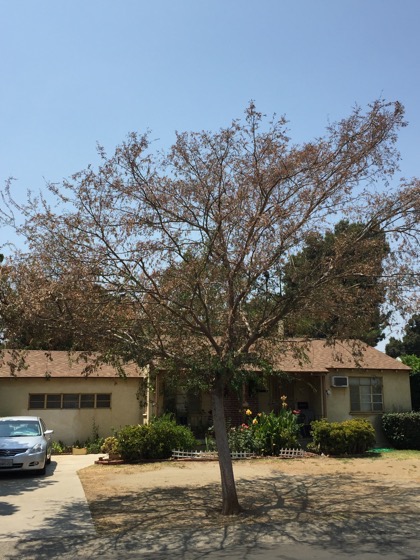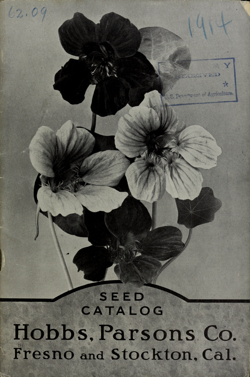Archive.org has a host of old seed catalogs (from mid-19th to mid-20th Century) available in many formats and on a host of topics. I happened across a few in my Pinterest feed and gone completely down the rabbit hole in this treasure trove of information. Sure some ideas might be out of date, but you never know what you might find when you explore these catalogs. I’ll be sharing more catalogs as I find them in the coming weeks. –Douglas
Historical Seed Catalogs: D. Landreth Seed Company (1894) – 3 in a series
I was really struck by the color pages of this catalog. I didn’t think they went in for color much at this time (1894) and I would guess it had to be somewhat expensive for them to include that. I guess that speaks to the company’s success that they were able to afford it for those plants that really sold themselves with their color — in this case, sweet peas and nasturtiums. — Douglas
Download in Text, PDF, Single Page JPG, TORRENT from Archive.org
SWEET PEA.
Sweet Pea and the Nasturtium each separately improved by the mixing or hybridization of distinct colors and qualities and the perpetuation of the new product, or in some cases by the seizing of accidental sprouts, now both take rank among the most valuable garden plants, not surpassed in brilliant effect by any biennials, while they both are within the easy culture of any one of the least gardening experience.
The Sweet Pea, as respects size, texture, diversity of colors, exquisite shades, phenomenal production of blooms, and exquisite perfiime, has, in the last few years, jumped to the first place among the sweetest of climbing plants. So productive is it that single plants have been known to have borne over looo sprays of flowers.
No praise can be too high for the Sweet Pea. It is the fashionable flower consequent upon its rare development in beauty, ranging froni deepest purple to pure white and, in perfume, fragrant as Mignonette.
It is in place everywhere, in bouquets, in vases, as masses on the lawn, as ribbons along paths, or trained as screens in the form of hedges, or clambering on trellises to hide unsightly objects.
It is the most useful and ornamental of all hardy annuals, growing best in a cool soil and most luxuriantly under conditions of rain or moisture.
In planting the seed it should be put into the soil in very early Spring, to secure an early development, as early, if not earlier, than the planting of garden peas.
If sown in rows, the trenches to receive the seeds should be marked out four inches deep and the seeds placed two inches apart, and covered at first -^rith only two inches of earth, the full covering being attained gradually.
The object of deep seeding is that the roots may be well down to resist drouth. Planted in single rows, one ounce of Sweet Peas will seed forty feet, but for eff’ective purposes, one ounce should be allowed to every twenty feet or even less.
More information on this catalog:







